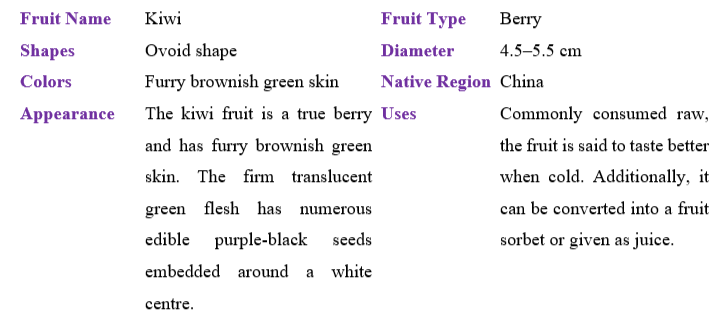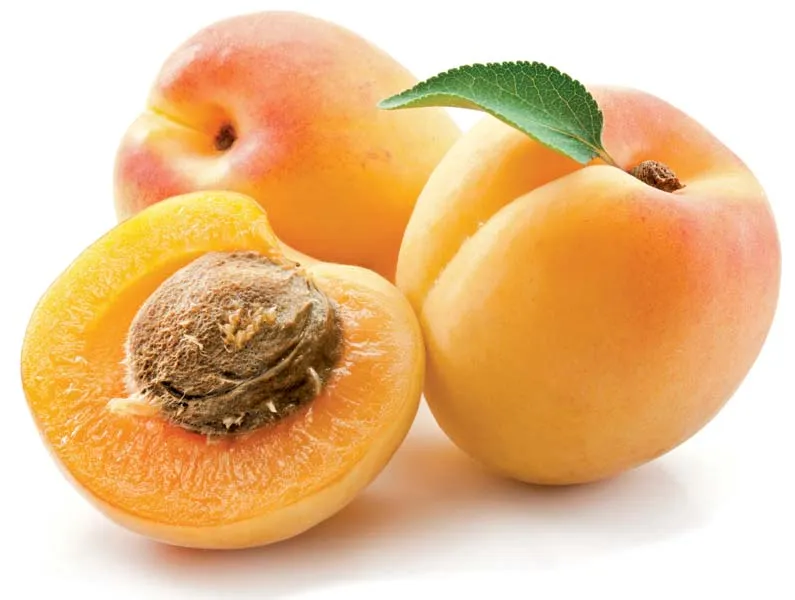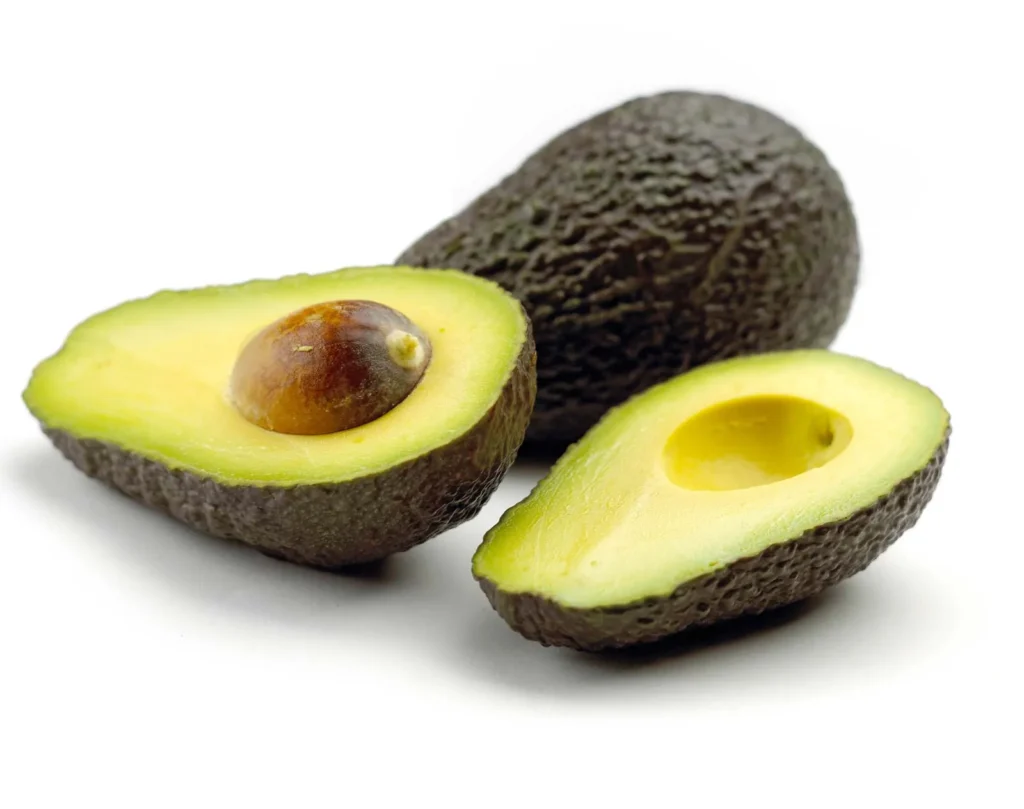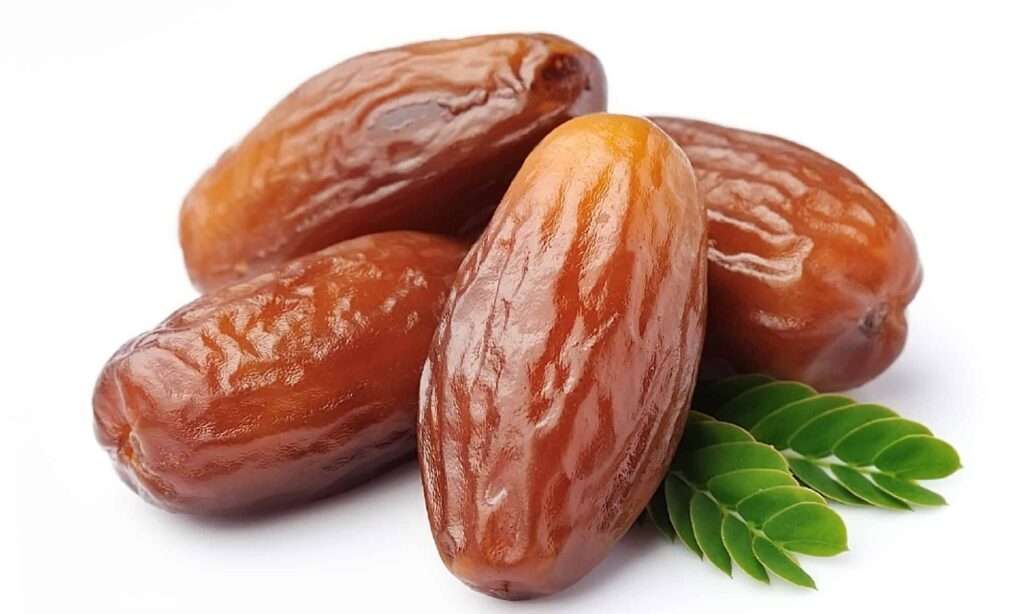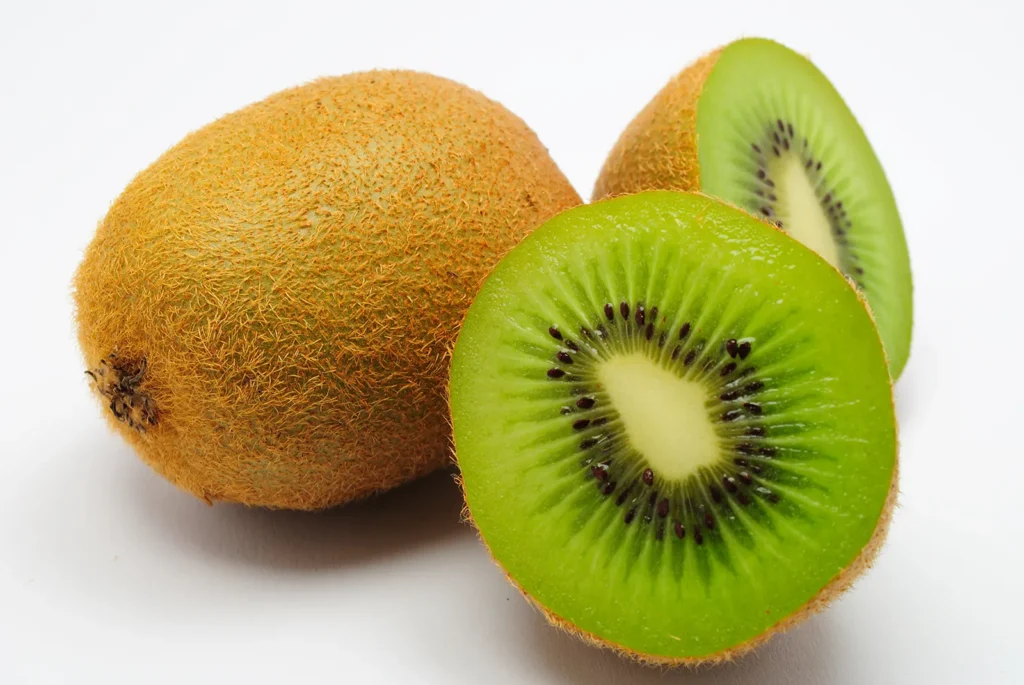
Description
The ellipsoidal kiwi fruit has a hairy brownish green skin and is a real berry. Numerous tasty purple-black seeds are embedded throughout the firm, transparent green flesh, which also has a white core. The kiwi fruit has a thin, fuzzy brown skin and a range of sizes. Depending on the cultivar, the climatic circumstances, and the planting technique, it is between 4 and 7.5 cm long, 3.5 to 5 cm wide, and weighs between 30 and 150 g.
Varieties
The genus Actinidia contains more than 60 species. Despite the wide variety of fruits they produce, the bulk of them may be easily distinguished as kiwifruits based on appearance and form. The fruit’s skin varies in size, amount of hair, and colour.
It is from A. deliciosa that the most popular variety of kiwifruit is developed. Others that are frequently consumed include A. melanandra, A. chinensis, A. arguta, A. coriaceous, polygama and A. purpurea.
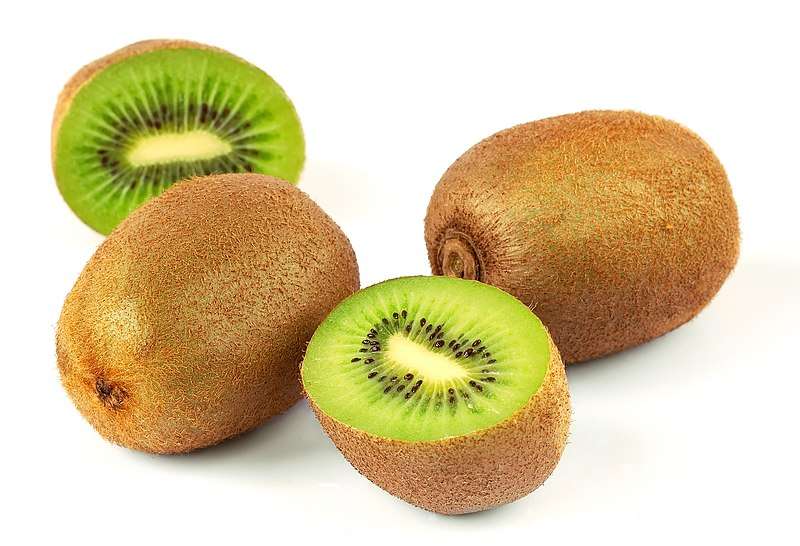
Uses
Raw consumption, juice preparation, use in baked goods, meat preparation, and garnishing are all options for kiwifruit. Humans can eat the entire fruit, including the skin, however because of its roughness, the fuzzy kinds’ skin is often discarded. On meringue sweets like pavlova, sliced kiwifruit is typically used as a garnish over whipped cream.
Nutrition
Green kiwifruit has 255 kilojoules (61 kilocalories) of food energy per 100 grams (3.5 oz), is 83% water and 15% carbs, and has very little fat and protein. It is very high in vitamin K and vitamin C , has just a moderate amount of vitamin E, and lacks any other substantial amounts of minerals. The nutritional value of gold kiwifruit is comparable to that of green kiwifruit, although it has a greater vitamin C concentration (194% DV) and a negligible vitamin K level.
Cultivation
Kiwi plants need well-drained soil since too much moisture might cause their roots to rot. Give the plants extra water during the height of summer or other dry times, unless it has been raining. In the first year, don’t fertilize.
After that, use soybean meal or a fertilizer with a good balance in the spring. During the first year following planting, start training the flexible vines up a support. If the lateral growth isn’t blossoming, prune it twice or three times during the growing season. On aged wood, kiwis blossom and produce fruit. Regularly remove water shoots and sprouts from the trunk. Strong stems called water sprouts emerge from aged wood. Pruning female vines should be done in the winter, when the plant is dormant.
Table
